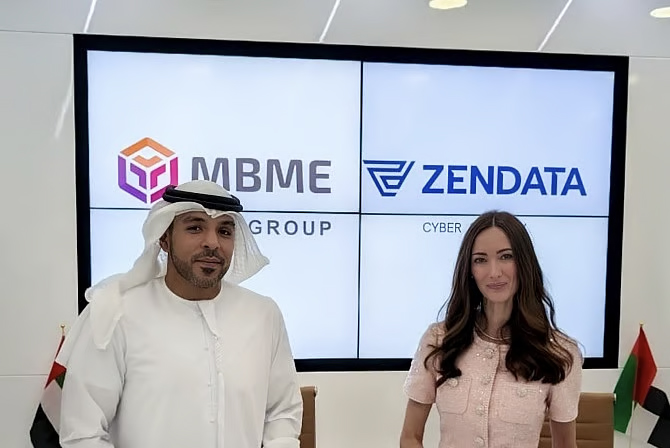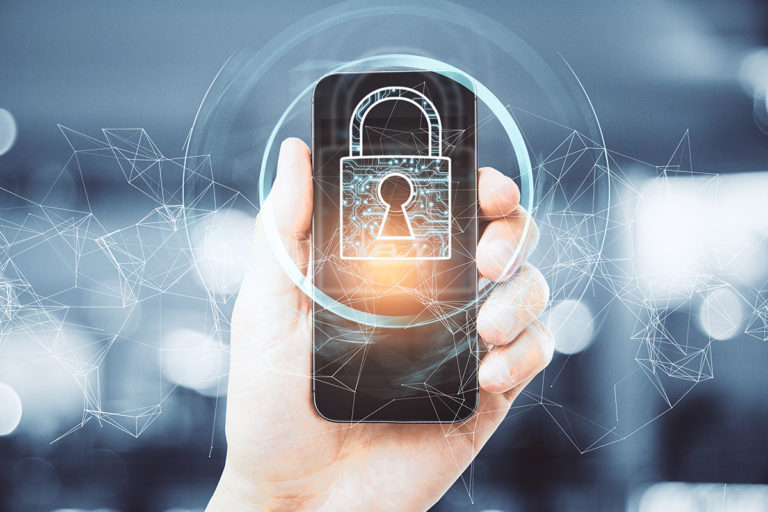Steven Meyer had the privilege of joining Gautier Porot on International SOS’s Crisis Pulse Series to discuss one of the most pressing challenges of our time: how organizations can prepare for and respond to cyber crises in an age of AI-driven misinformation. Understanding how to respond to cyber crises effectively is crucial in today’s digital landscape.
Today’s crisis landscape is no longer defined solely by malware or firewalls. Leaders are facing what we might call “crisis velocity”: events that escalate globally in minutes, eroding trust before facts even surface. A cloned CEO’s voice can trigger fraudulent transactions, a ransomware attack can freeze global supply chains, and a single false tweet can wipe billions off a company’s valuation.
Why this matters
- AI and misinformation are reshaping crises – Deepfakes, synthetic voices, and manipulated data attack not just systems, but the very credibility of leaders. Hence, the ability to respond to cyber crises swiftly is becoming invaluable.
- Cybersecurity is no longer purely technical – it is a leadership challenge where communication, ethics, and accountability define outcomes as much as firewalls and detection tools. Quickly learning how to respond to cyber crises is now a vital leadership skill.
- Data integrity has become central – confidentiality and availability remain important, but the biggest risk today is trusting poisoned or manipulated information.
Preparation is key
What separates organizations that survive from those that stumble is not luck, but preparation and the right support structure:
- Clear crisis playbooks that integrate cyber, communication, and business continuity to ensure a smooth response to cyber crises.
- Regular crisis simulations (tabletop exercises) that allow executives to practice decision-making under pressure.
- Trusted advisors and incident responders on call to provide clarity when the technical fog of war is thick.
- A culture of transparency and accountability so that leaders can act decisively and ethically, even when facts are incomplete.
Highlights from the webinar
- Cyber crises are leadership dilemmas. A firewall breach, a data leak, or a disinformation campaign is not just a technical event—it is a boardroom challenge requiring strategic decisions.
- Communication must outrun misinformation. In a crisis, silence creates a vacuum filled by rumors. Leaders must take control of the narrative early, even with imperfect information.
- Accountability matters. Being hacked makes you a victim. But failing to warn partners, customers, or stakeholders when their data might be at risk makes you responsible.
- The CISO’s evolving role. The modern CISO must act as a translator who can turn complex technical realities into clear business consequences for decision-makers.
- Resilience depends on trust. Whether in healthcare, finance, or critical infrastructure, the ability to protect and validate information is directly tied to the trust customers, regulators, and citizens place in an organization.
Moving forward
At ZENDATA, we see cybersecurity as more than technology. It is about enabling business, protecting integrity, and guiding leaders through uncertainty. The threats may be digital, but the response must be human.
The reality is simple: every organization will face a crisis. What matters is whether you will face it prepared, supported, and ready to lead, equipped to respond to cyber crises effectively.






